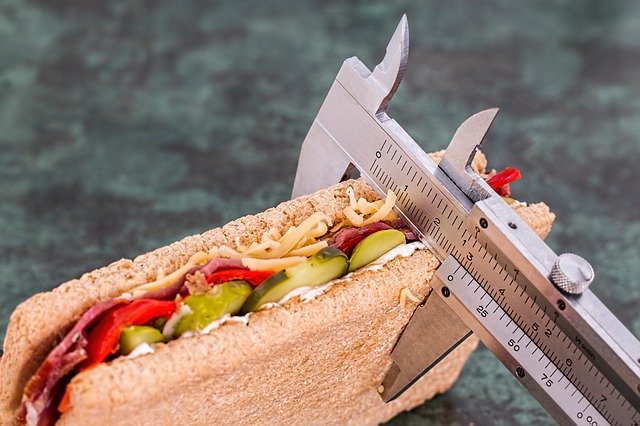The outdoor beauty of your home or office is complete with a well-cared-for lawn. With the right upkeep, the grass, flowers, hedges, and trees in your lawn will be healthy. Caring for your lawn has a lot of benefits to homeowners such as maintaining your property value. There are many ways you can use to keep your lawn attractive, below are the top three lawn care tips every homeowner should use:
- Watering the lawn
Water is one of the basic requirements for the grass in your lawn to grow. When it rains the grass gets water but when it’s doesn’t you’ll have to irrigate it. Watering twice a week is ideal although how frequent you water your lawn will depend on the humidity level in your area. Hot and dry environments will require frequent watering compared to wet areas. Physically watering with a can or horse pipe is tedious, time-consuming and you are wasting water. Built-in lawn sprinklers are more effective since it comes with a smart clock for automatic lawn watering. Also, this irrigation system ensures that the right amount of water is used. With this automatic sprinkler, you’ll always wake up to a green lawn though you should keep checking for any faults. If you find any faults in the system; you need an efficient sprinkler repair specialist like this sprinkler repair company in Henderson, NV. This is a complicated system, don’t let just anyone do the repair, hire a qualified company.
- Keep the grass and plants healthy by fertilizing them
Another way to maintain a healthy lawn is by fertilizing it. The soil has nutrients but since grass uses this nutrient for growth with time there will be a reduction in nutrients. This nutrient deficiency will make the grass in your lawn to lose color, have stunted growth and maybe invaded by weeds. Replacing this grass won’t be the solution since the issue is the lack of nutrients in the soil. To replenish the nutrients in the soil needed for the healthy growth of grass and plants in your lawn you’ll need to fertilize it. Consult a landscape specialist on the right fertilizer to use for your lawn.
- Frequently mow your lawn
Just like hair looks unkempt when it’s not trimmed so does your lawn. Properly manicured lawns are kept at a uniform height. Mowing on regular basis helps to achieve this and keeps the grass healthy. This is because weaker grass grows slower and with regular trimming only strong shoots that grow fast will survive. Having uniform leveled grass promotes growth since there are an even absorption and supply of required resources such as sunlight. If you have hedges, don’t forget to prune and trim in the shape you like to keep it healthy and neat. Not maintaining you hedge make your lawn look untidy and it will be a habitat to rodents, and pests that carry disease.
With the tips above, you can turn your lawn into a natural paradise that will thank you by providing clean breathable air.







 How many would like to visit new jobs
How many would like to visit new jobs 